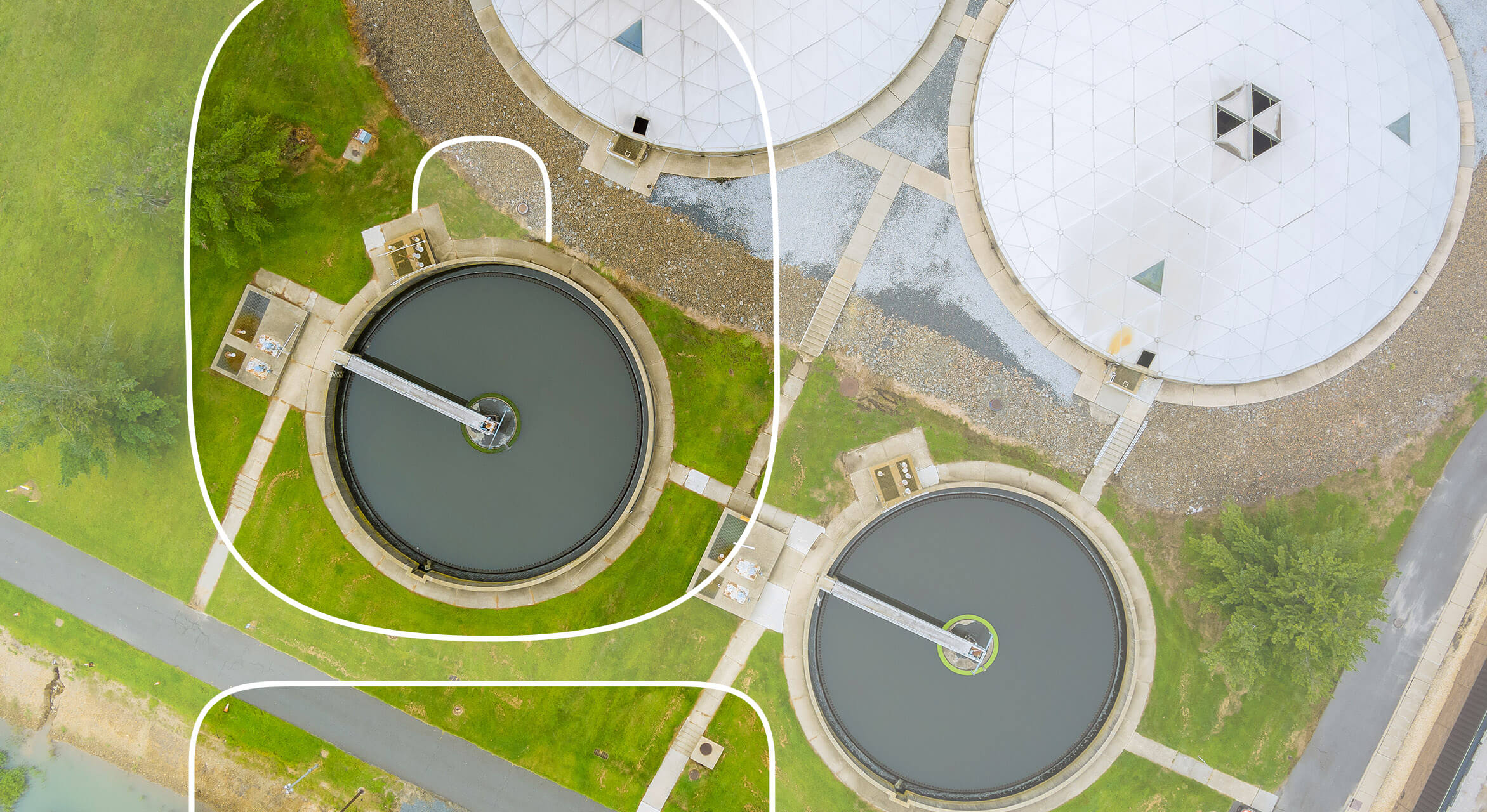Comprehending Wastewater Therapy Processes and Their Environmental Impact
The details of wastewater therapy processes play a critical role in mitigating ecological challenges related to water pollution. Each phase, from initial to sophisticated therapies, is developed to resolve particular contaminants, ultimately guarding both public health and marine communities. In spite of technological developments in therapy effectiveness, significant obstacles linger, including the monitoring of residual toxins and the ramifications of nutrient overflow. As we check out the complexities of these processes, it ends up being necessary to question exactly how much current methodologies can evolve to satisfy the expanding needs of sustainability and ecological preservation.
Introduction of Wastewater Therapy
Just how is wastewater changed into a secure source for the atmosphere? Wastewater treatment is a crucial process created to get rid of impurities from used water, thereby guarding public health and wellness and shielding environments. This procedure begins with the collection of wastewater from domestic, commercial, and commercial sources, which is after that guided to therapy centers.
At these facilities, numerous physical, chemical, and organic techniques are used to deal with the wastewater. Consequently, biological therapies, such as triggered sludge processes, utilize microorganisms to damage down organic issue.
The dealt with effluent can be securely discharged right into all-natural water bodies or reused for watering and industrial purposes, advertising source conservation. In addition, the therapy procedure creates biosolids, which can be repurposed as fertilizers or dirt amendments, further boosting sustainability.
Phases of Treatment Procedures
The wastewater therapy process normally consists of three primary phases: preliminary, key, and secondary treatment. Each phase offers a distinctive duty in minimizing the contaminant load and guaranteeing the effluent satisfies environmental criteria before discharge.

The primary therapy stage focuses on the physical separation of put on hold solids from the wastewater. Through sedimentation, larger bits resolve at the end of sedimentation storage tanks, forming sludge, while lighter materials, such as oils and greases, float to the surface area and are skimmed. This procedure considerably minimizes the organic and not natural lots in the wastewater.
Second therapy is an organic procedure aimed at additional minimizing the focus of organic issue. This phase is crucial for accomplishing the needed biochemical oxygen demand (BODY) decrease, ultimately leading to cleaner effluent all set for discharge or further therapy.

Advanced Treatment Technologies
Complying with the secondary therapy processes, progressed treatment technologies play a crucial function in additional boosting the high quality of dealt with wastewater. These modern technologies are developed to get rid of recurring contaminants that are not properly gotten rid of during primary and second therapies, making sure the effluent satisfies rigid visit their website regulatory requirements.
Among the commonly made use of sophisticated treatment approaches are membrane layer filtering, reverse osmosis, and progressed oxidation processes. Membrane layer filtering, consisting of microfiltration and ultrafiltration, works in dividing fine particles, pathogens, and colloids from the water (Wastewater). Reverse osmosis uses semi-permeable membrane layers to get rid of liquified solids, leading to high-quality water appropriate for various applications
Advanced oxidation procedures (AOPs) employ strong oxidants to deteriorate natural contaminants, consisting of drugs and personal treatment items that are resistant to traditional treatment. These techniques boost the biodegradability of complicated substances, promoting their removal.
One more substantial innovation is the use of biological nutrient elimination procedures, which particularly target nitrogen and phosphorus, stopping eutrophication in receiving water bodies. Overall, advanced therapy technologies are necessary for achieving greater degrees of purification, advertising water reuse, and guarding public wellness while resolving the challenges related to wastewater monitoring.
Environmental Benefits of Treatment
Many ecological benefits emerge from reliable wastewater treatment procedures that add to ecosystem health and wellness and sustainability. Mostly, these processes substantially minimize the release of dangerous pollutants into natural water bodies, which helps preserve aquatic environments. By removing pollutants such as hefty steels, nutrients, and virus, treated wastewater alleviates the danger of waterborne link diseases and promotes biodiversity in aquatic settings.
Moreover, wastewater treatment facilities commonly utilize innovative technologies that make it possible for water recycling and reuse. This technique not just saves freshwater resources yet additionally decreases the need on natural water products. Enhanced nutrient removal from wastewater can also avoid eutrophication, a process that leads to algal flowers and subsequent oxygen depletion in marine systems.
In addition, reliable therapy procedures can lessen greenhouse gas exhausts, specifically methane and nitrous oxide, which are commonly launched throughout unattended wastewater disintegration. By catching and making use of biogas from anaerobic digesters, facilities can convert waste into renewable resource, therefore contributing to a decrease in nonrenewable fuel source dependency.
Difficulties and Future Trends
While the environmental benefits of wastewater treatment are clear, several difficulties continue that prevent optimal outcomes in this area. One major concern is maturing infrastructure, which usually brings about inefficiencies and increased operational prices - Wastewater. Many therapy plants were designed decades ago, and their capabilities do not align with modern-day needs, that include more stringent regulative criteria and higher quantities of wastewater due to urbanization

Looking ahead, there is a growing emphasis on source recuperation and round economic situation principles within wastewater treatment. Developments such as anaerobic digestion, which can generate biogas, and progressed filtering modern technologies are gaining traction. These approaches not only enhance therapy effectiveness however additionally advertise sustainability.
Eventually, attending to these challenges calls for collaboration amongst stakeholders, financial investment in modern technology, and Get More Information a dedication to recurring study. By welcoming these fads, the wastewater therapy sector can develop to satisfy the demands of an altering environment and society.
Final Thought
In conclusion, wastewater treatment procedures play a vital duty in improving environmental high quality and public wellness. The multi-stage therapy structure, paired with advanced innovations, effectively alleviates contamination and advertises lasting water management.
Comments on “Understanding the Importance of Efficient Wastewater Management”